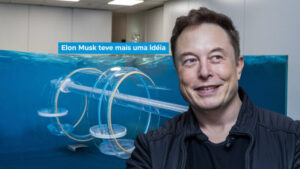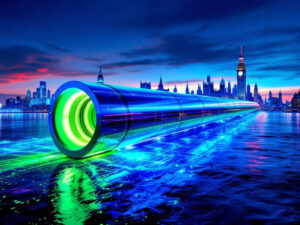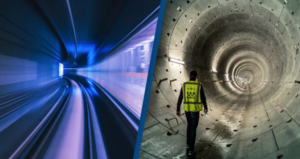The $20 Trillion Transatlantic Tunnel: Linking New York and London in 54 Minutes
Imagine traveling from New York to London in just 54 minutes. This mind-boggling idea stems from a speculative concept: a $20 trillion transatlantic tunnel equipped with high-speed maglev trains. While it may sound like science fiction, this ambitious vision has captivated engineers, futurists, and transportation enthusiasts alike. Here’s a closer look at what this project entails, the challenges it faces, and the incredible possibilities it offers.

The Concept
The idea involves constructing a vacuum-sealed tunnel beneath the Atlantic Ocean, spanning over 3,000 miles. Inside this tunnel, magnetic levitation (maglev) trains would travel at speeds exceeding 4,000 miles per hour (6,400 km/h). The reduced air resistance in a vacuum environment would make such speeds possible, significantly cutting down travel time between the two cities.

This technology combines the principles of maglev trains, which already exist in countries like Japan and China, with the futuristic concept of a hyperloop—a vacuum tube transport system. The result? An ultra-efficient, high-speed transportation network that could revolutionize global travel.

The Benefits
Unprecedented Speed: With a travel time of just 54 minutes, this tunnel would redefine the meaning of connectivity, shrinking the world like never before.
Economic Opportunities: Enhanced trade, tourism, and business exchanges between New York and London could bring about a new era of economic prosperity.
Environmental Impact: Maglev trains are energy-efficient and produce zero direct emissions, offering a greener alternative to traditional air travel.
Technological Advancement: The development of such a tunnel would push the boundaries of engineering, paving the way for other groundbreaking projects.
The Challenges

Despite its allure, the transatlantic tunnel faces several formidable obstacles:


